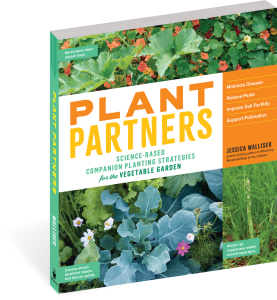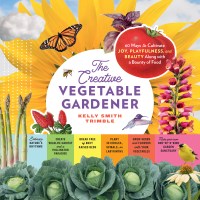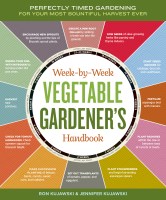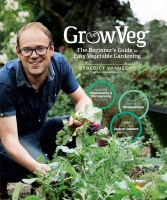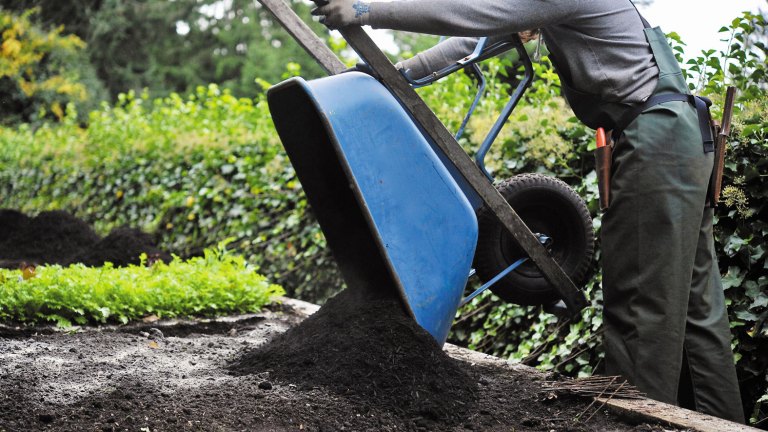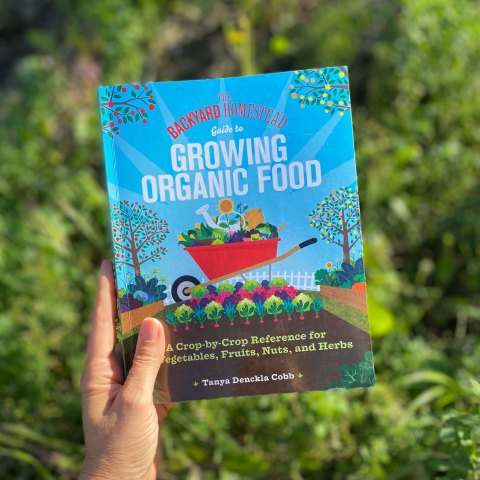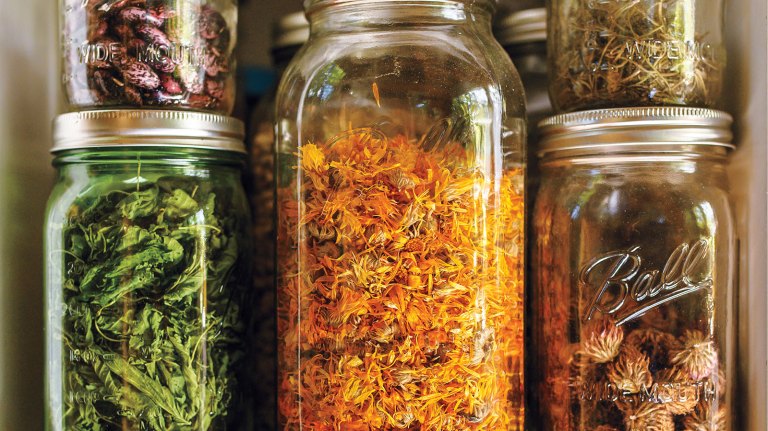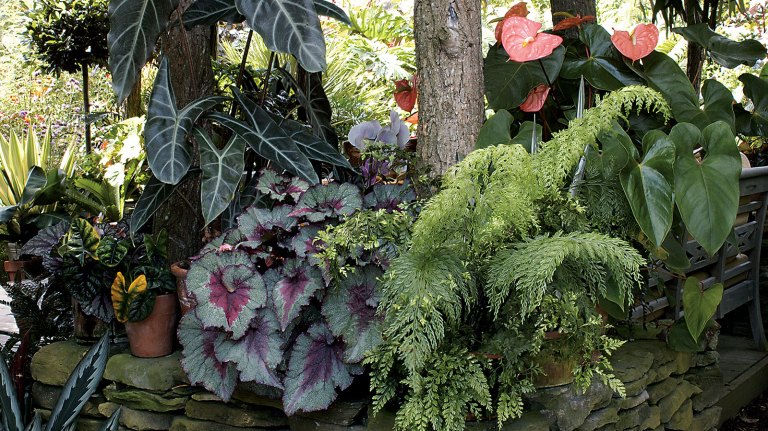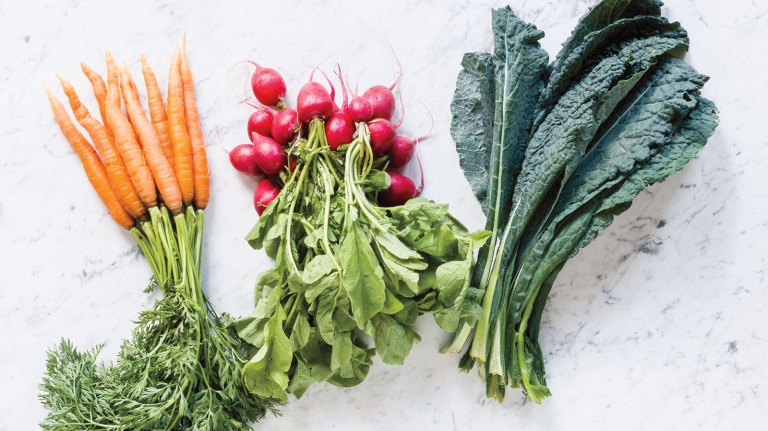Living Trellises for Your Garden
Grow vine crops next to tall, sturdy plants for structural support and natural beauty.
To successfully grow vine crops, such as pole beans, cucumbers, gourds, and runner beans, you need to have a big garden where they can ramble around freely, or you need to provide them with physical support and encourage them to grow up instead of out. While trellises, pergolas, Tudors, and arbors make lovely garden accents, there’s another option that’s particularly appealing to gardeners looking to maximize their production space: living trellises.
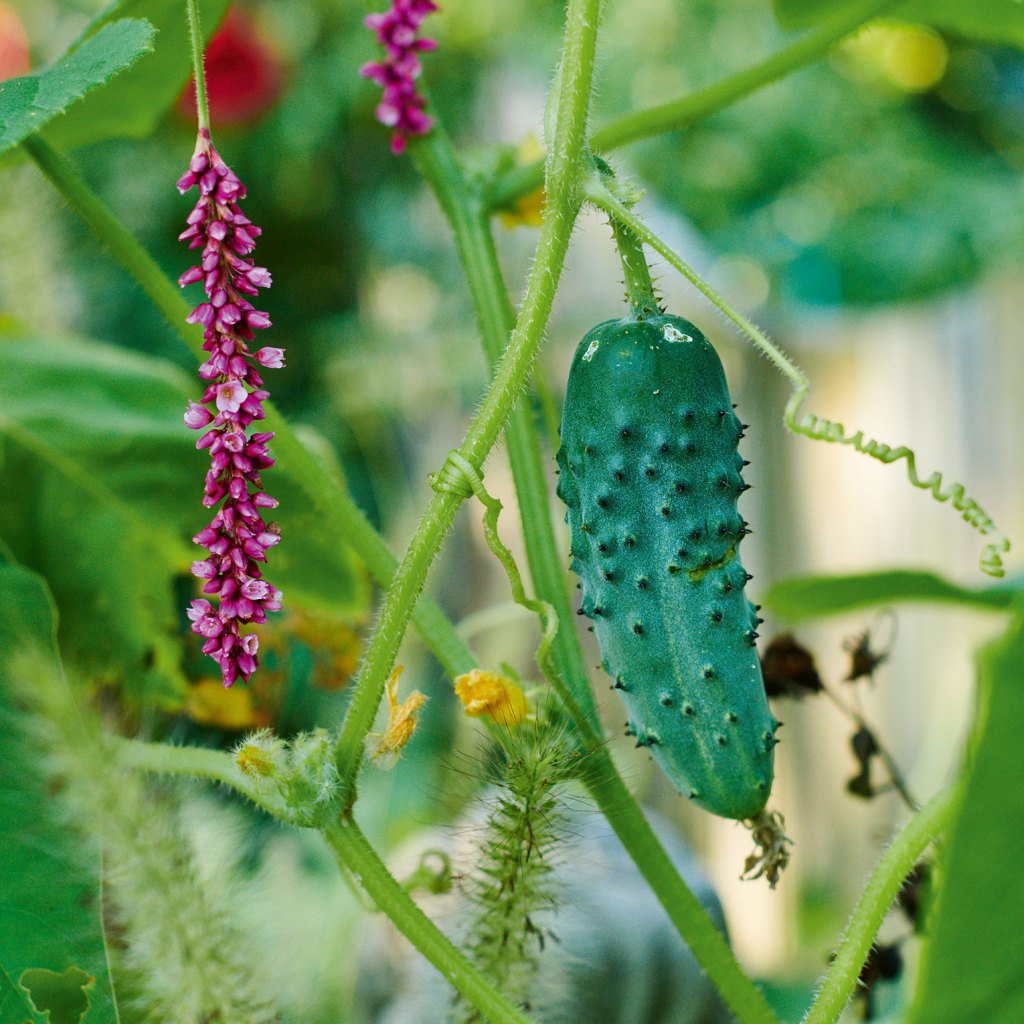
While living trellises may not at first seem like a traditional companion planting strategy, they are indeed just that, with one plant providing a benefit for another in the form of structural support. However, they likely don’t improve the soil, deter pests, or manage diseases.
Unlike the other companion planting strategies presented in Plant Partners that are backed by a study or careful research, these suggestions are here because they are practical techniques that work. I use living trellis plant partnerships in my own garden, including several of the ones described here, and they work great. However, I’m making no claim that the partnered plants provide any sort of benefit to each other except by one providing a structure for their partner to climb and making the garden look more attractive. That’s as deep as these partnerships are intended to go.
These examples of living trellises match the physical structure of a tall, sturdy plant with a vine crop. Possible side benefits of these partnerships may include things like improved pollination rates if a flowering plant is used as the living trellis, reduced disease pressure if the vine crops are kept off the soil, or even enhanced biological control if one of the partners is particularly attractive to pest-eating beneficial insects. Utilizing living trellises also improves yields by taking advantage of vertical space and layering plants together. There’s little doubt that after you’ve tried a few of these combinations and seen how easy they make it to grow more edibles in less space, you’ll experiment with incorporating more living trellis plant partnerships into your garden.
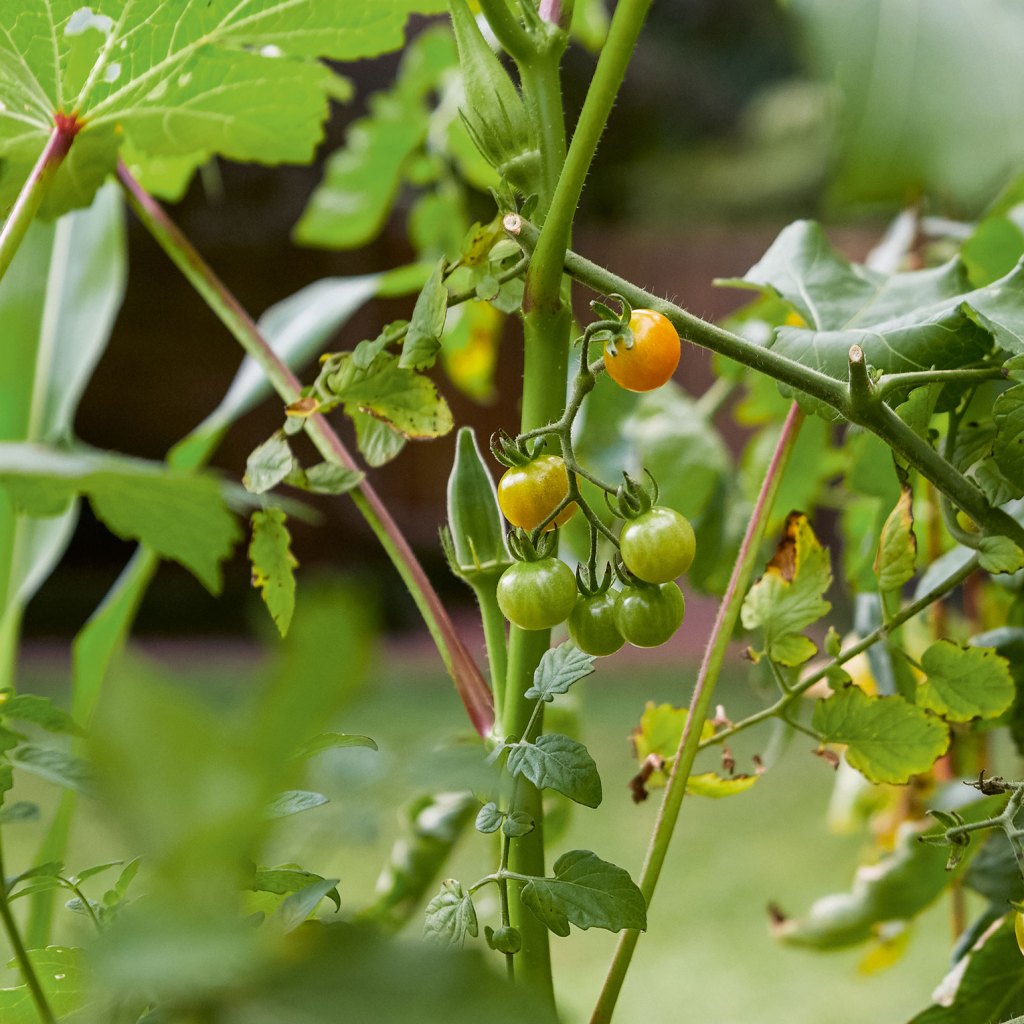
For living trellises to work, two plant species are planted together based on their individual growth habits. One crop is selected for its upright, sturdy structure, and the other is selected for its vining growth habit (think of the corn and beans in the traditional “three sisters” method). Partner the two side by side, and you have yourself a living trellis.
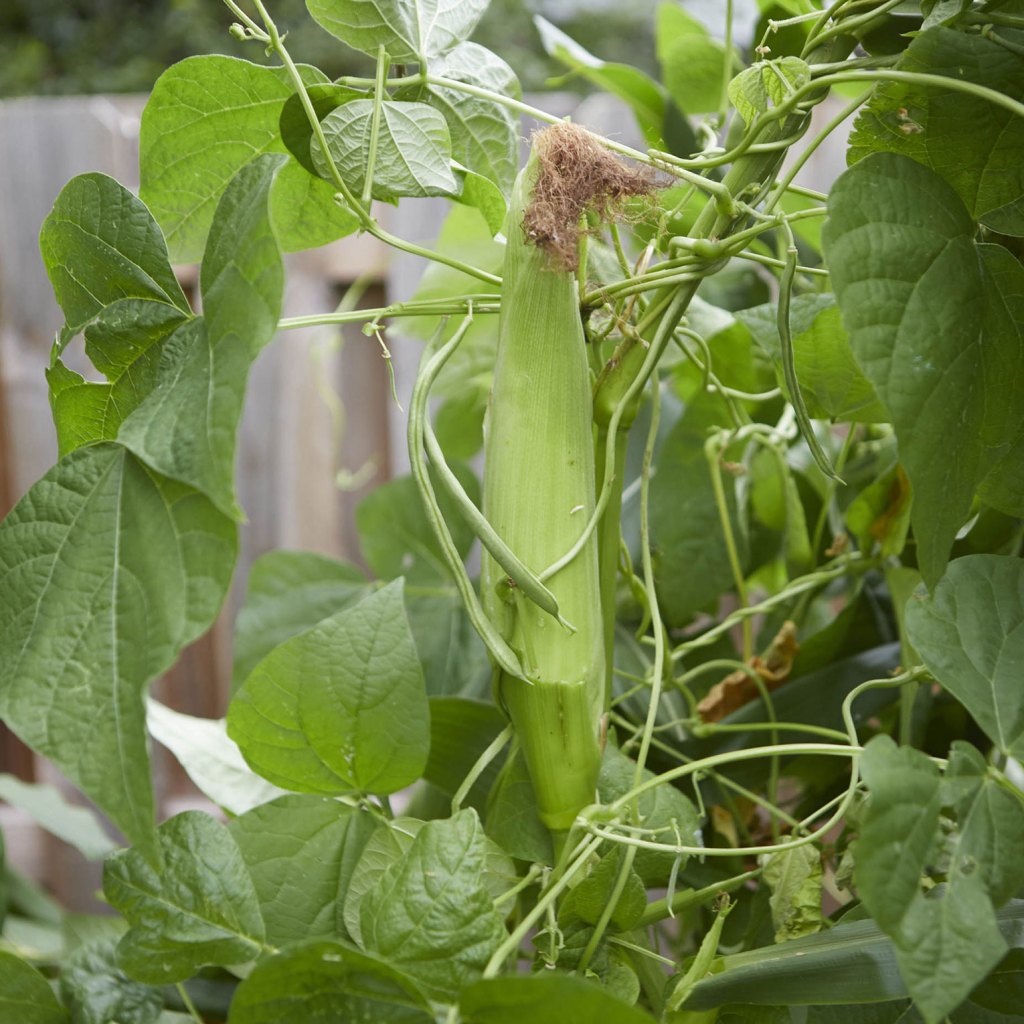
Typically, living trellises are created for a single season, though you could certainly use a woody plant, like a tree or a shrub, to support a vine crop. However, this can sometimes have negative effects on the tree or shrub, including broken branches, reduced photosynthesis, increased competition, and the like. In many ways, the success or failure of combinations that use woody plants depends on the vigor of the trellis plant and how it’s able to cope with the possible stress of being “invaded” by another plant.
With annuals, though, the plant partnerships are temporary. And if their planting is timed properly, the trellis plant is given a head start over the vine crop, allowing it to be always a step ahead. The trick is to match a relatively fast-growing, vigorous support plant with a vine crop that readily clings to it without growing too heavy for its partner to bear. In some cases, you’ll have to do a bit of training to make sure the vine crops know where to go for support, but in many cases, they’ll find their way up their companion plants with little or no help from the gardener. Ideally, both plant partners should provide a little something to you, too, whether it’s harvestable fruits and vegetables, grains, flowers for cutting, or nectar for pollinators.
When it comes to the partner that does the climbing, I’ve found the most success when using crops that produce smaller fruits. Full-sized watermelons, squash, and pumpkins are likely too heavy. Vine crop varieties that are highly productive, yielding prolific harvests of sized-down veggies that won’t overwhelm their plant partners work best.
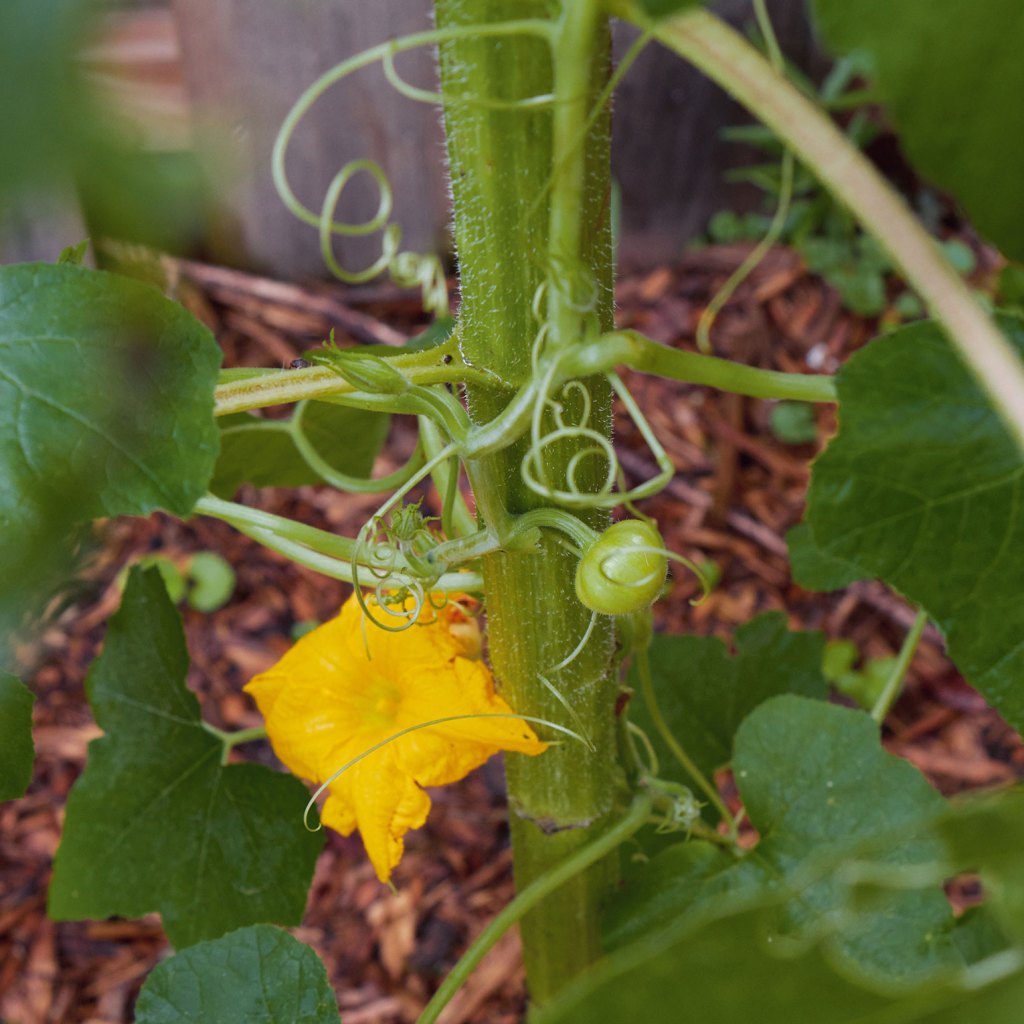
Here are 12 excellent living trellis plant partnerships. Some of the support plants are edible, though not all of them are. Those that aren’t edible are certainly ornamental, providing flowers or foliage worth admiring. Plus, almost all of these partners are easy to swap because, unlike the other plant partnerships in Plant Partners, these combinations are based on aesthetics and physical compatibility alone. Feel free to experiment, but be sure to take into consideration the size and growth habits of each plant.
- Corn + Pole Beans
- Sunflowers + Mini Pumpkins
- Broomcorn + Edible Bottle Gourds
- Amaranth + Chayote
- Quinoa + Bitter Melons
- Sunchokes + Cucamelons
- Orach + Fall Peas
- Tithonia + Malabar Spinach
- Kiss-Me-Over-the-Garden-Gate + Gherkin Cucumbers
- Sorghum + Asparagus Beans
- Okra + Currant Tomatoes
- Tree Kale + Runner Beans
Excerpted and adapted from Plant Partners © by Jessica Walliser.
Companion planting has a long history of use by gardeners, but the explanation of why it works has been filled with folklore and conjecture. Plant Partners delivers a research-based rationale for this ever-popular growing technique, offering dozens of ways you can use scientifically tested plant partnerships to benefit your whole garden. Through an enhanced understanding of how plants interact with and influence each other, this guide suggests specific plant combinations that improve soil health and weed control, decrease pest damage, and increase biodiversity, resulting in real and measurable impacts in the garden.
